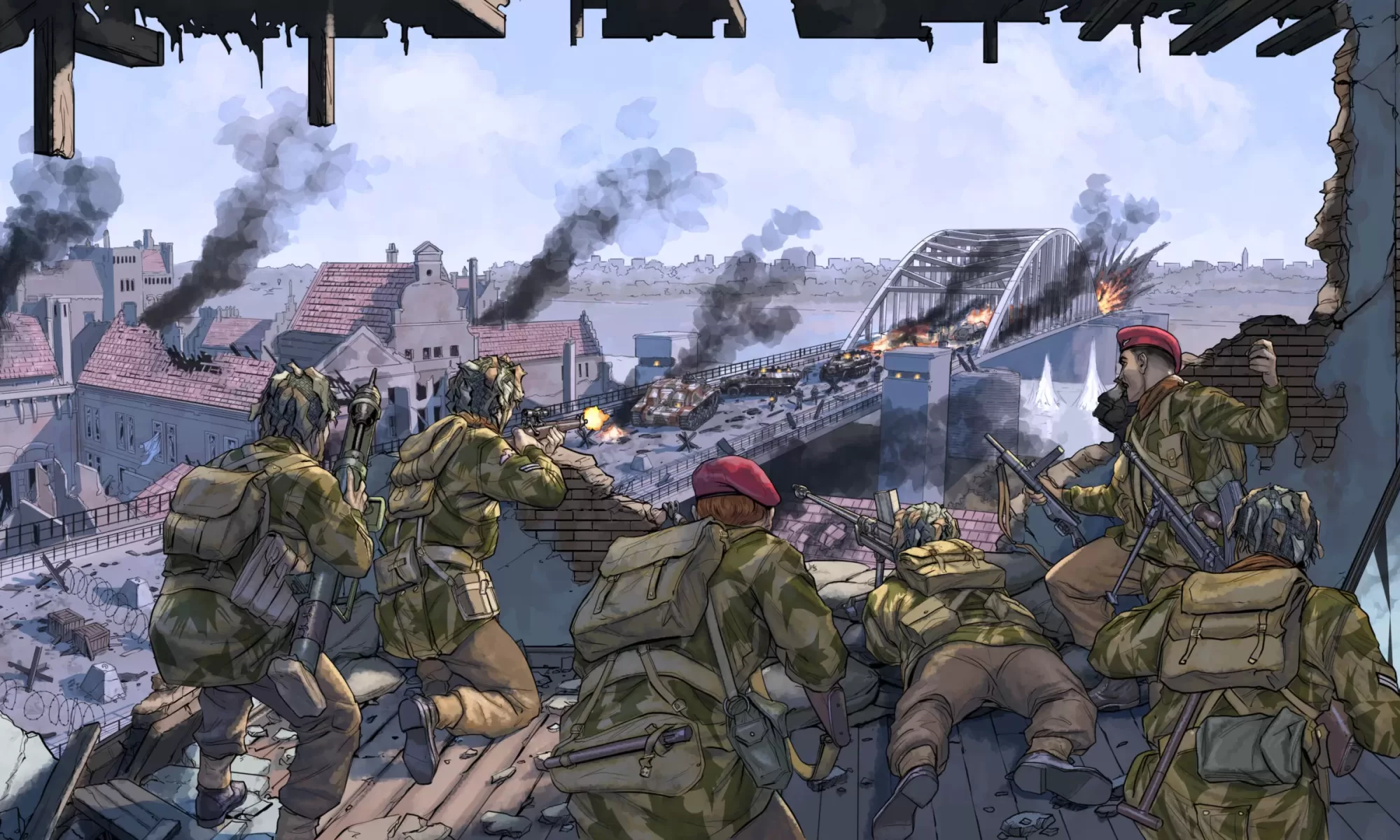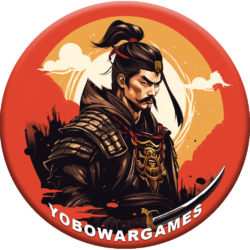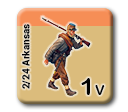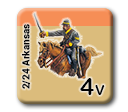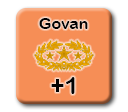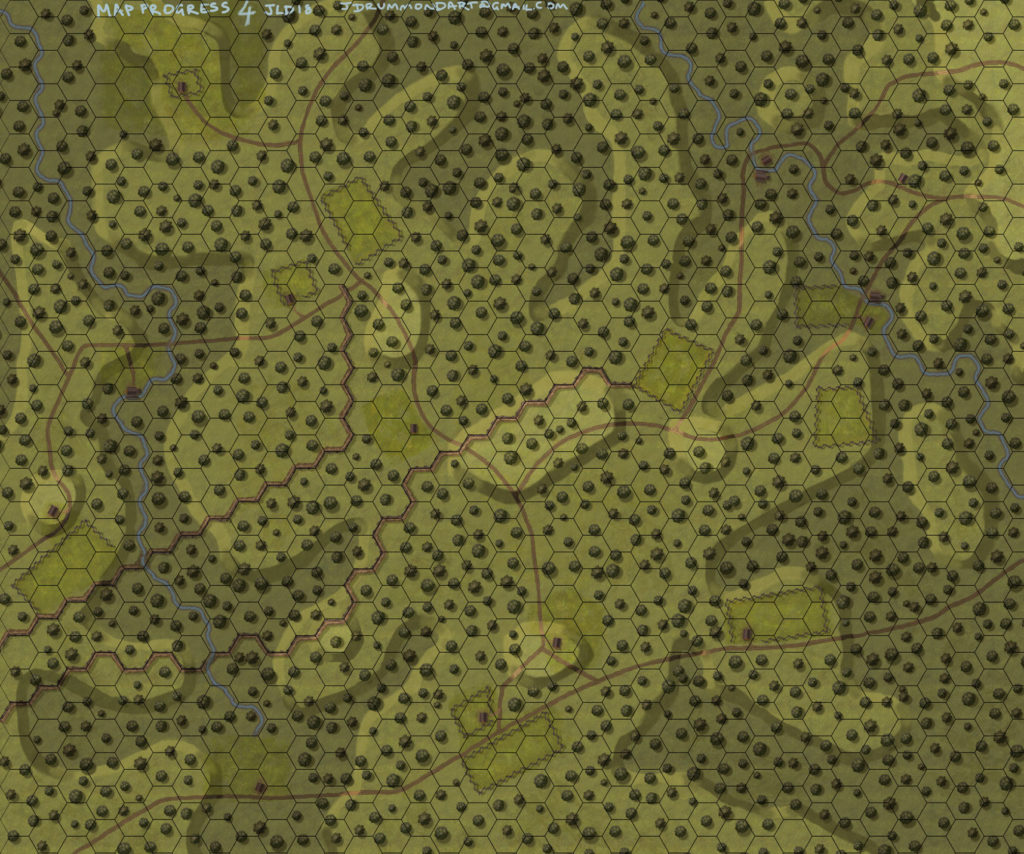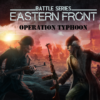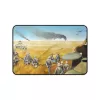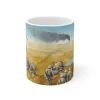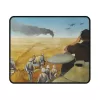An idea has slowly been forming in my head.
Our hobby covers many areas and formats from tabletop medieval wargames with figures to card-based WW2 boardgames to futuristic Warhammer computer games.
And within each area comes it own additional pleasures like the painting of figures, the shared experience of winning or losing a board game and the ability to play an online game against someone on the far side of the world.
As many of you will know sometimes we can’t find someone to play the game with and many times we play these games alone – solo play. Indeed some games are ranked on their solitaire playability.
So back to this idea that is slowly taking up space in my head. What if I could take a little bit from each of these areas and bridge the gap. So the rules from figure wargaming, the concept of board games and the technology of computers. This brings me to the Battle of Picketts Mill.
What if I take Brad Butkovich excellent book Criminal Blunder – Wargame Scenarios for the Battle of Pickett’s Mill, the rules of something like Johnny Reb or Regimental Fire and Fury, my many years of wargaming experience across all formats and my programming skills, mix them all up and see what happens.
What I am imagining is Pickett’s Mill as a board game and a computer game with the possibility that if you are playing the board game solo you can have the computer play as your opponent.
Never one to let an idea stay in my head I have started to work out the basic foundations of the game. I have been looking for a new graphics artist to work on some of my projects and I got her to work on the Pickett’s Mill map as a first job. At the same time, I started playing around with some ideas for the layout of the counters.
Using the idea in tabletop wargaming of a figure representing say 50 men you would get 4V meaning a Veteran regiment of somewhere around 200 men. In the board game, this regiment would have two counters stacked on top of each other so that as losses are accumulated you flip or remove the counters to reflect the reduction from 4 to 3 to 2 to 1. The orange strip at the top indicates what Brigade the regiment belongs to. I am also thinking of using it to represent the facing of the regiment on the battlefield.
Notice the lack of information on the counters for movement and firepower. That’s using the concept, from tabletop wargaming, where these figures are referenced and finally learned by the player. For a game like this it won’t be hard to quickly remember them and for a computer game, all this info is calculated automatically for you.
My next step will be to finish off the counters and get a printed version of them and the board produced. At the same time, I can start work on the computer game version.
This may be as far this idea gets. I know designing a board game is not easy, but I will complete the computer game.
My pleasure from this great hobby is dreaming and looking at proving concepts could work.
